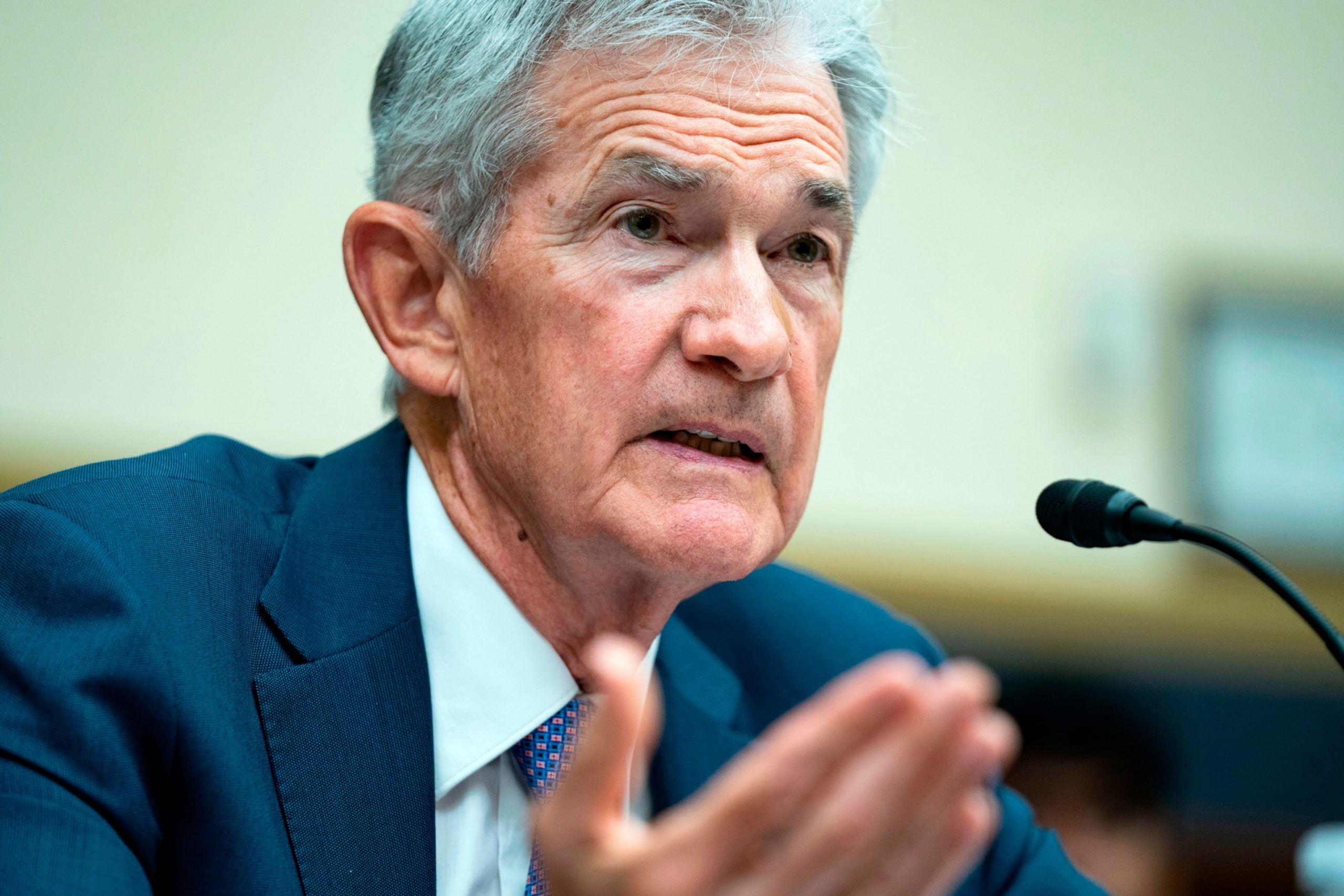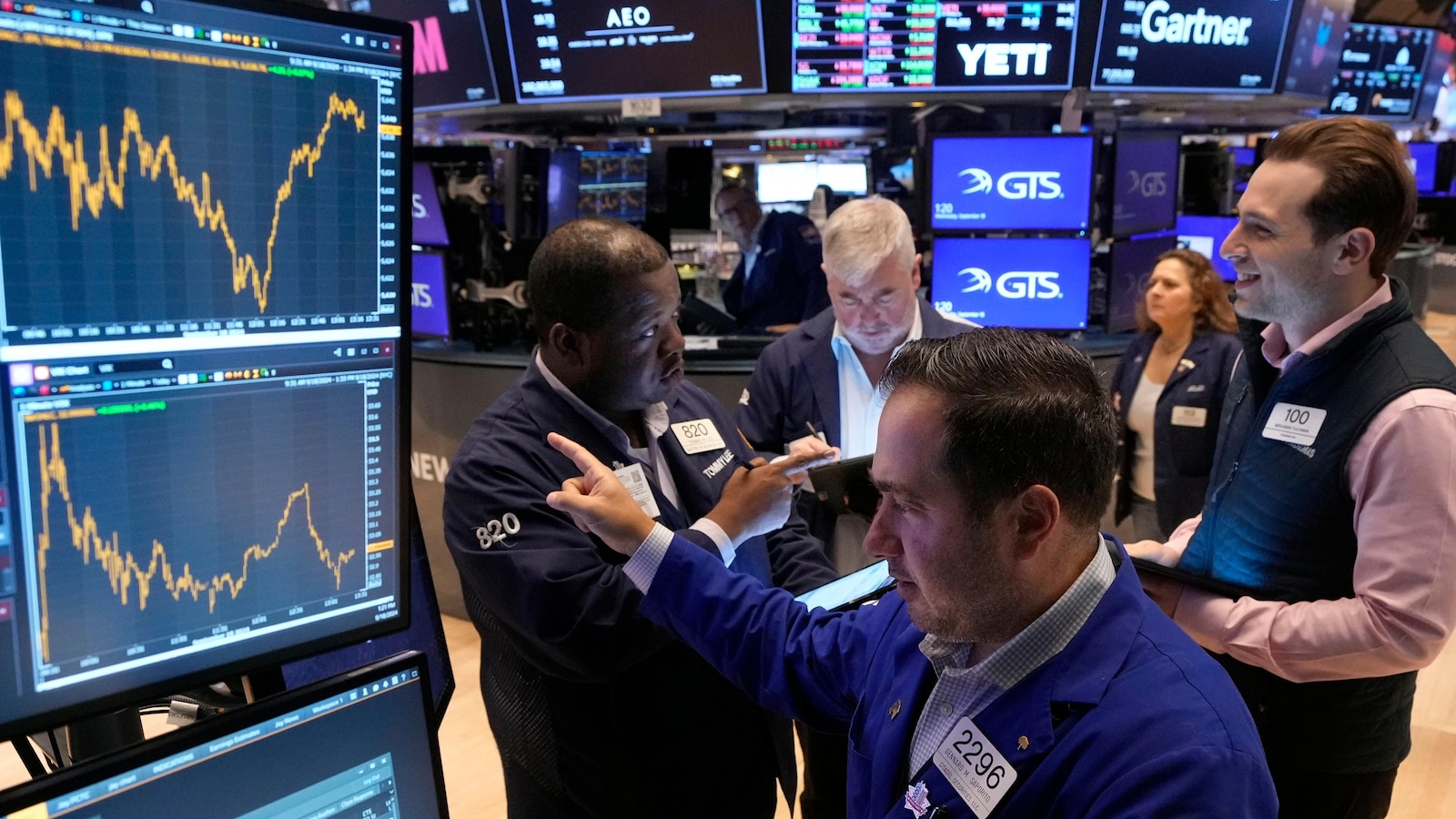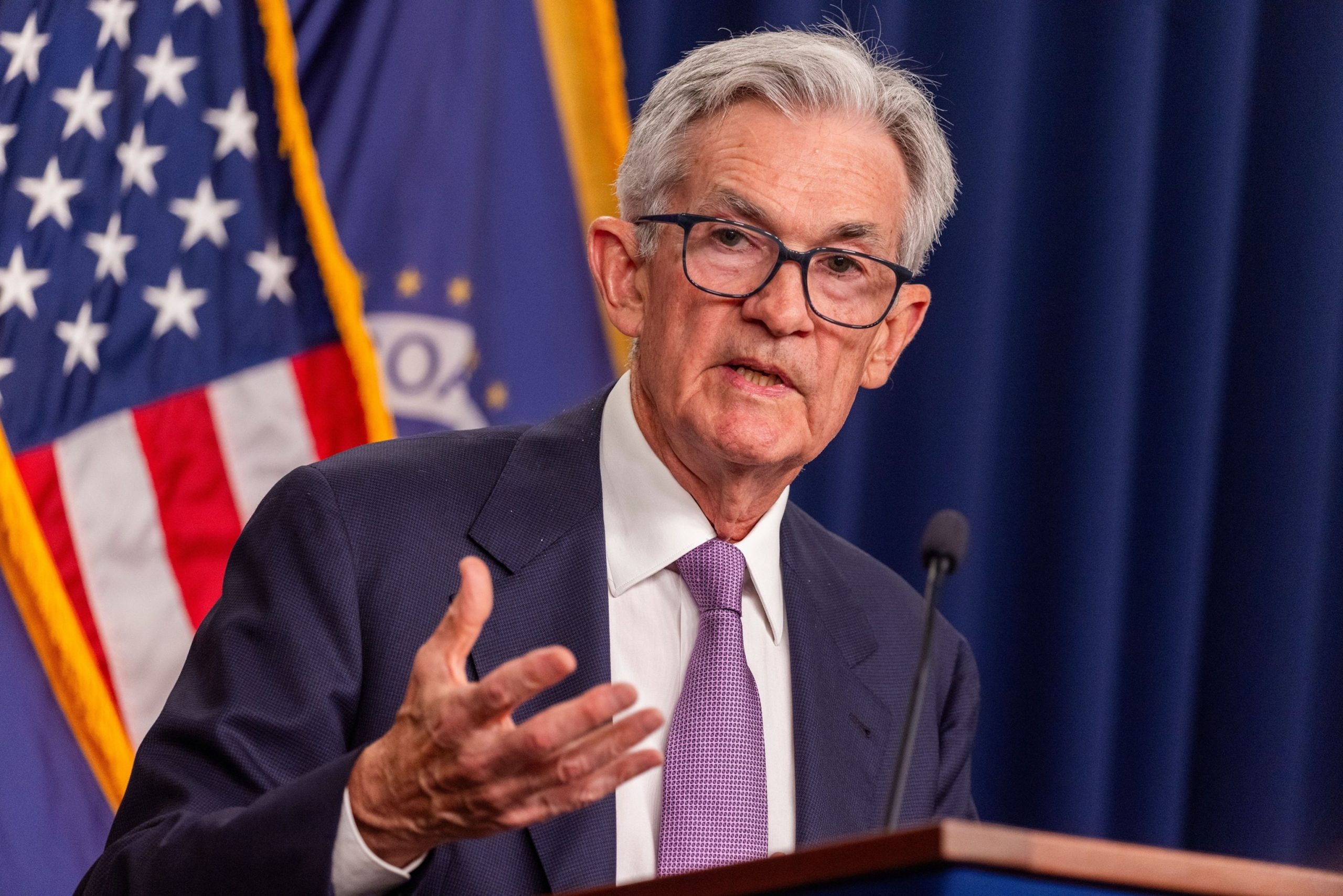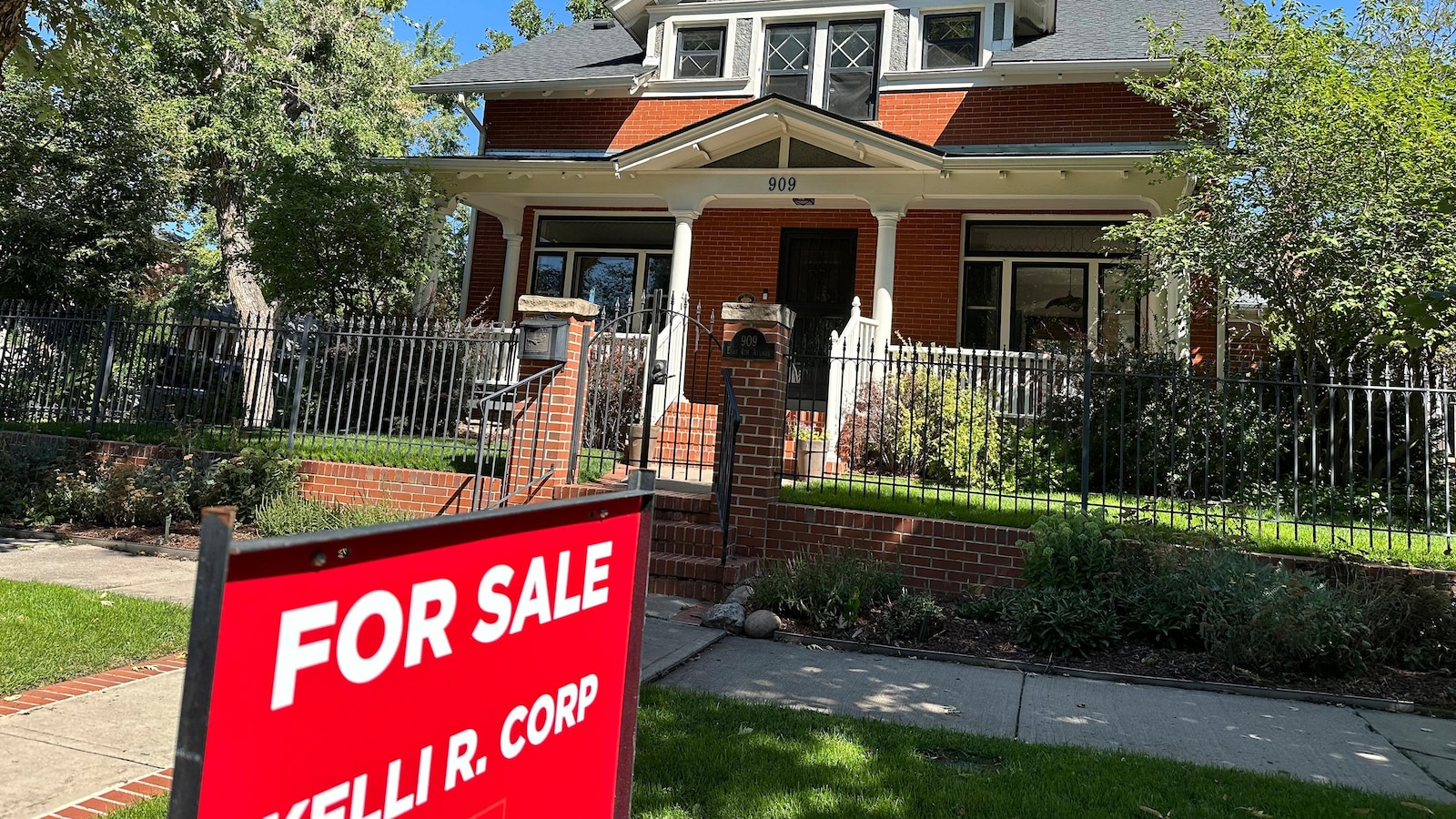The Federal Reserve has held interest rates steady at a 23-year high since last July — but a rate cut is widely expected in the coming months. On Wall Street, the outlook for an interest rate cut has shifted from if to when.
The central bank will issue its latest interest rate decision on Wednesday after a months-long stretch of data has established the key conditions for a rate cut: cooling inflation and slowing job gains.
Still, economists expect the Fed to leave interest rates unchanged on Wednesday, offering the central bank time to ensure current trends hold ahead of its next meeting in September.
The chances of an interest rate cut at the Fed’s meeting in September stand at more than 85%, according to the CME FedWatch Tool, a measure of market sentiment. The same tool shows the odds of a rate cut on Wednesday at a meager 5%.
The economy appears to be hurtling toward interest rate cuts later this year, nevertheless. Such an outcome would deliver long-sought loan relief for households and businesses saddled with expensive debt.
Price increases have slowed significantly from a peak of more than 9%, though inflation remains a percentage point higher than the Fed’s target rate of 2%. An outright drop in prices in June compared to the month prior marked a major sign of progress in slowing inflation.
The labor market has continued to grow but its breakneck pace has cooled. The unemployment rate has ticked up this year from 3.7% to 4.1%.
The Fed is guided by a dual mandate to keep inflation under control and the labor market strong. The monthslong stretch of good news for inflation alongside bad news for unemployment has prompted the Fed to give additional consideration to its goal of keeping Americans on the job, Fed Chair Jerome Powell said last month.
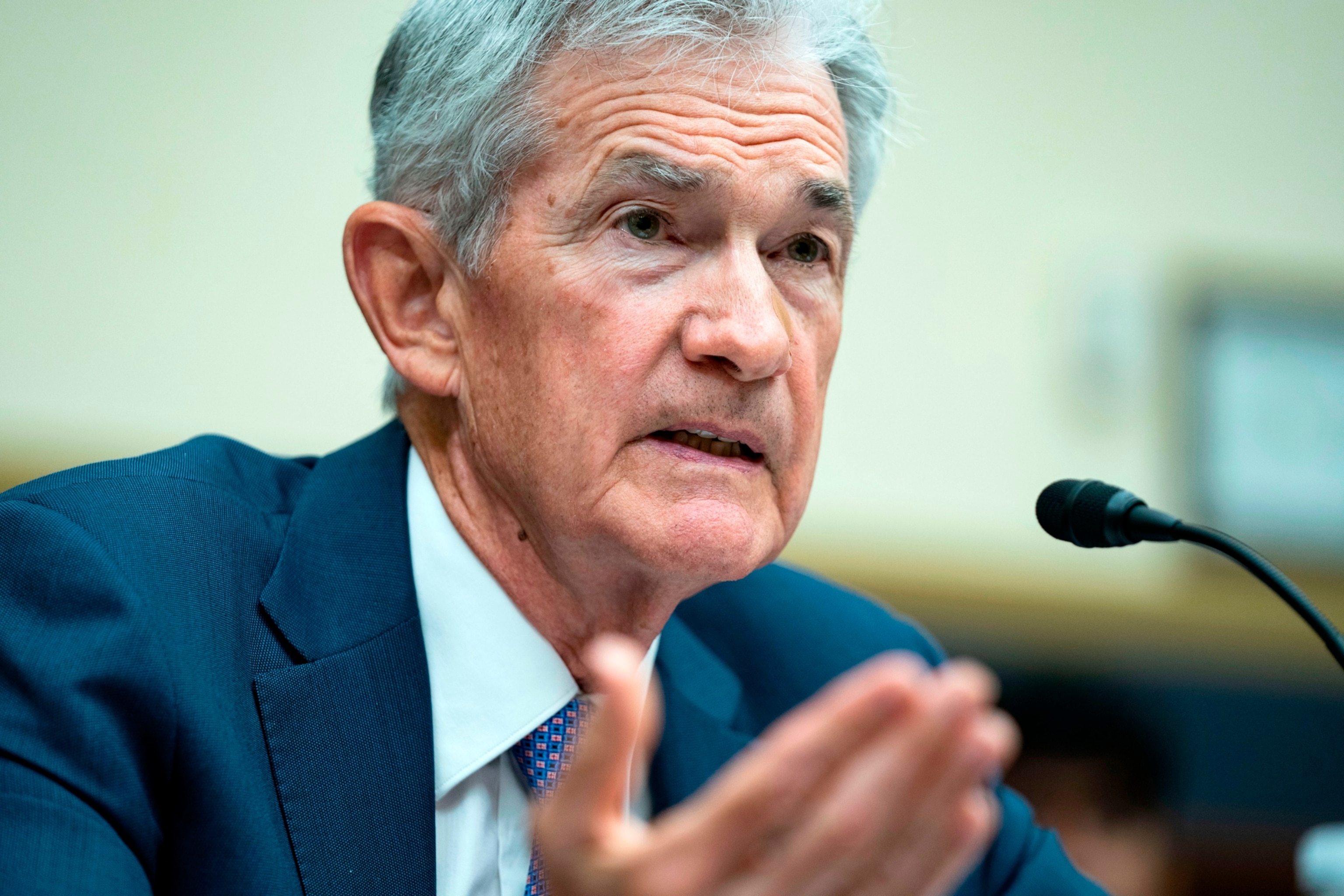
Federal Reserve Bank Chair Jerome Powell speaks during a House Financial Services Committee hearing on the Federal Reserve’s Semi-Annual Monetary Policy Report at the U.S. Capitol on July 10, 2024 in Washington, DC.
Bonnie Cash/Getty Images
“For a long time, since inflation arrived, it’s been right to mainly focus on inflation. But now that inflation has come down and the labor market has indeed cooled off, we’re going to be looking at both mandates. They’re in much better balance,” Powell said at a meeting of The Economic Club of Washington, D.C.
“That means that if we were to see an unexpected weakening in the labor market, then that might also be a reason for reaction by us,” Powell added.
However, robust economic data released last week may complicate the path toward a rate cut.
The U.S. economy grew much faster than expected over three months ending in June, accelerating from the previous quarter and defying concerns about a possible slowdown, according to data from the U.S. Bureau of Economic Analysis.
If the Fed cuts interest rates as the economy is heating up, the central bank risks rekindling rapid price increases.
After the economic data came out last Thursday, the odds of a September interest rate cut fell to about 80%. The dip in sentiment proved temporary, however. The odds have risen seven percentage points since then.
The Federal Reserve is expected to lower interest rates in the near future, but analysts do not anticipate a rate cut at this week’s meeting. The central bank has been under pressure to stimulate the economy amid slowing global growth and trade tensions, and many economists believe that a rate cut is necessary to prevent a recession.
The Federal Reserve has already cut interest rates once this year, in July, marking the first rate cut since the financial crisis in 2008. However, the central bank has been cautious about further rate cuts, citing a strong labor market and solid economic growth as reasons to hold off on further easing.
Despite this, many analysts expect the Federal Reserve to lower interest rates at its next meeting in September. The central bank has signaled that it is open to further rate cuts if economic conditions deteriorate, and recent data on manufacturing and business investment have shown signs of weakness.
Some economists believe that a rate cut is necessary to boost consumer spending and business investment, which have been hampered by uncertainty surrounding trade policy and global economic conditions. Lower interest rates would make borrowing cheaper for consumers and businesses, potentially spurring economic activity.
However, other analysts argue that a rate cut may not be necessary at this time, as the economy is still growing at a moderate pace and inflation remains low. They believe that the Federal Reserve should wait for more data before making a decision on interest rates.
In any case, investors will be closely watching the Federal Reserve’s statement following this week’s meeting for clues on the central bank’s future monetary policy decisions. The Federal Reserve’s actions have a significant impact on financial markets and the overall economy, so any hints of future rate cuts or hikes will be closely scrutinized.
Overall, while a rate cut is expected in the near future, it is unlikely to happen at this week’s meeting. The Federal Reserve will continue to monitor economic data and assess the need for further monetary policy adjustments in the coming months.
